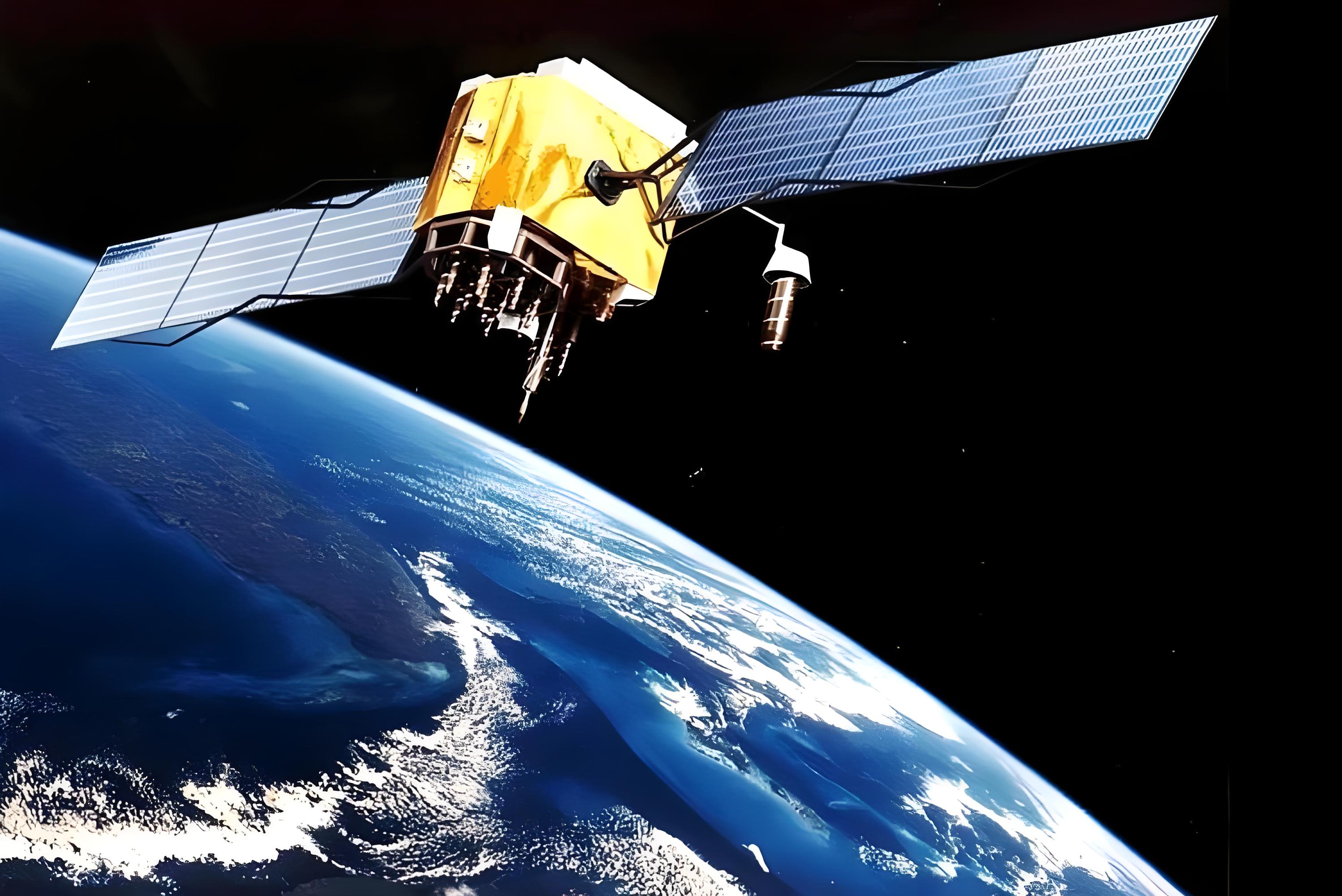
In the field of modern technology, three-axis gyroscopes have become a key component of inertial navigation systems. These devices measure angular velocity in three axes, allowing for precise orientation and motion tracking. However, in order to realize their full potential, it is necessary to understand how to use these gyroscopes effectively while paying attention to certain technical nuances. Here, we delve into the practical application of three-axis gyroscopes in inertial navigation and highlight key considerations to ensure optimal performance.
#### Understand the basics of three-axis gyroscopes
Three-axis gyroscopes operate by detecting rotational motion about the X, Y, and Z axes. This capability makes them invaluable in applications ranging from drones and smartphones to automotive systems and robots. When integrated into an inertial navigation system, they provide real-time data that can be fused with other sensor inputs to improve accuracy and reliability.
#### Key considerations for effective use
1. **Temperature Calibration**: One of the most important considerations when using a three-axis gyroscope is temperature calibration. Measurement results can be significantly affected by temperature changes. Therefore, it is critical to perform temperature calibration before deploying the gyroscope. This can be achieved by using external temperature sensors combined with calibration algorithms to ensure that the data collected is accurate and reliable.
2. **Coordinate system conversion**: The output of the gyroscope is usually based on its fixed coordinate system. If you plan to integrate this data with other devices or systems, the output must be converted to the target coordinate system. This conversion is critical to ensure that the data is compatible and can be effectively utilized in a wider range of applications.
3. **Filtering**: The raw output signal of the gyroscope may contain noise, which will affect the data accuracy. To mitigate this, filtering techniques such as low-pass filtering or Kalman filtering can be employed. Choosing the appropriate filtering method is critical to reducing noise and improving data clarity, ultimately enabling more precise navigation and control.
4. **Data verification and correction**: In practical applications, various factors such as vibration and gravity will interfere with the output of the gyroscope. To maintain data integrity, data verification and correction processes must be implemented. This may involve using calibration methods provided by gyroscopes or integrating data from other sensors to achieve a more accurate representation of motion and orientation.
5. **Power Consumption Considerations**: Power consumption is another key factor to consider when using a three-axis gyroscope. These modules require a certain amount of power to operate, which can impact battery life, especially in portable devices. It is recommended to select the appropriate working mode and frequency to minimize power consumption and thereby extend the service life of the device.
#### in conclusion
In summary, three-axis gyroscopes are powerful tools for inertial navigation, providing capabilities that significantly enhance motion control and orientation measurement. However, to maximize its effectiveness, users must pay close attention to temperature calibration, coordinate system transformation, filtering, data validation, and power consumption. By addressing these considerations, you can ensure the accuracy and stability of the data you collect, paving the way for successful applications in various fields.
Whether you are developing a new product or enhancing an existing system, understanding how to effectively use a three-axis gyroscope will undoubtedly help achieve superior performance and reliability in your inertial navigation solution. Embrace this technology and let it guide you to innovative advances in motion tracking and control.
Post time: Nov-05-2024

